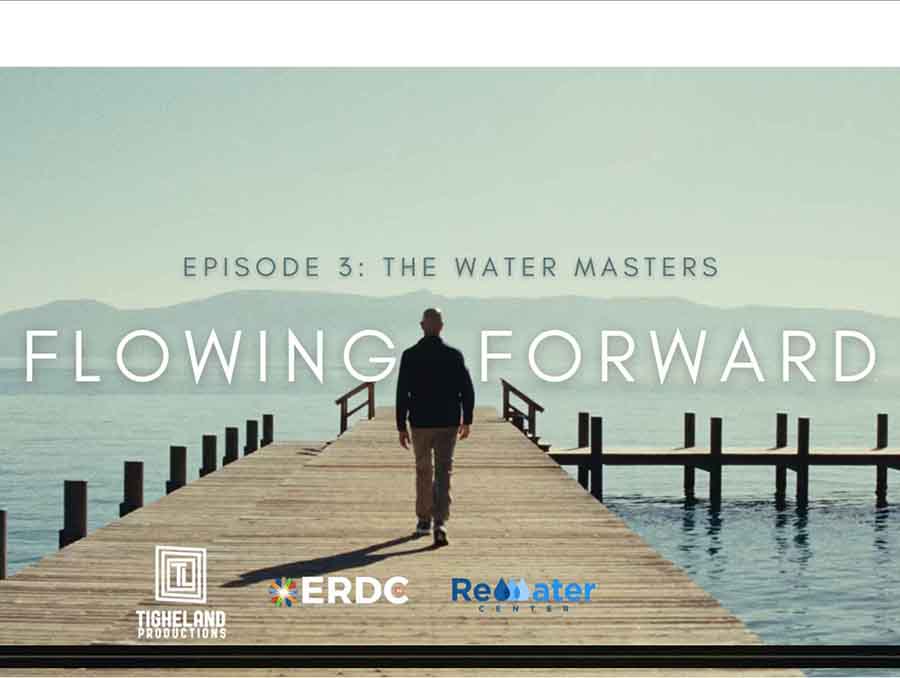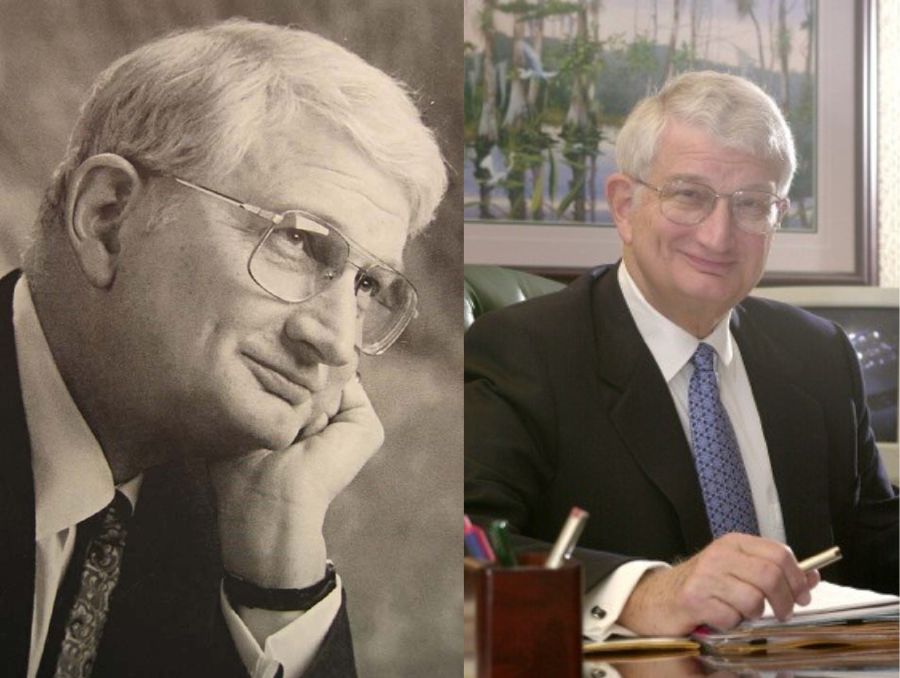Loaded with expertise, passion and vision, Will Richardson and Kirk Hardie have a big dream. They want to build a world-class interpretive nature center, an evolving natural history museum that features ongoing research, education and community involvement on a scale not seen before in the Lake Tahoe Basin.
They've been laying the foundation for their ultimate dream since April 2010 when they formally created the Tahoe Institute for Natural Science (TINS), a member-supported nonprofit organization with the express purpose of advancing the natural history, conservation and ecosystem knowledge of the Tahoe region.
Having felt the lure of Lake Tahoe for years, and armed with recent graduate science degrees from the University of Nevada, Reno, they combined their extensive teaching and research experience to foster greater appreciation, understanding and stewardship of Tahoe's natural resources.
"It's surprising there isn't a comprehensive nature center here," Richardson said. "With over three million visitors a year, it's a great way to reach out to the public with an extensive natural history clearinghouse that features education and ecological, applied and conservation-based research."
While they pursue the nature center, Richardson and Hardie continually expand TINS' extensive educational and citizen science offerings as well as the opportunities for adults and children to participate in hands-on nature experiences. They work collaboratively through research to help public and private land managers answer questions that support management decisions.
Richardson's research includes short-term studies and long-term monitoring in areas such as fall bird banding, bird monitoring at various locations and biological monitoring at the 2007 Angora fire site in the basin's southwestern corner. He's conducting a study of Tahoe's three primary species of rabbits and hares which have largely been ignored despite their important ecological role between vegetation and predators.
Designed to awaken students' curiosity of the natural world and engage them in responsible environmental citizenship, TINS educational programs bring nature to the classroom in schools in the Tahoe Basin and surrounding region. TINS also provides summer day camps and field trips.
"We had more than 4,500 student contacts ranging in age from kindergarten to high school in 2012," Hardie said.
Bugs, Bats and Birds is an in-school science program that runs from kindergarten through 5th grade. "Each year it builds on concepts and teaches students about their surroundings and what's happening in their own backyards," Hardie said. "We focus on the entire basin and take a comprehensive approach instead of just looking at certain parts of the lake."
Summer is a busy time with the Junior Entomologists camp (also known as Bug Camp) and a multitude of field trips and other summer camps where students learn about the forests, water and wildlife while they explore different parts of the basin through activities such as hiking and kayaking.
"There's great demand for our adult events such as bird hikes or a weekend dedicated to dragonflies. Our hikes fill up. We try to make them free and accessible and often do them in partnership with other organizations," said Richardson.
Although citizen science is heavily used at Tahoe for things such as water sampling, TINS helps people observe living things. They coordinate events such as butterfly counts and the local Christmas bird count which has been sponsored by the National Audubon Society for more than 100 years and is regarded as one of the largest and oldest citizen-science projects in the world.
The organization's education and citizen-science focus is broader than strictly water-related issues. "We found people were a lot more interested in bobcats and butterflies than in total dissolved solids and pH," Richardson said.
It's a busy life for both men, but as Hardie explains, "We enjoy the work. I got an email from a grandparent who told me the camp her grandson attended last summer made a huge difference in the boy's life. It's an "aha" moment for me when I can share something about the natural world that people never knew existed. Making that connection is our passion."
To find out more about the University's work at Lake Tahoe, 2013 Lake Tahoe Summit Report










